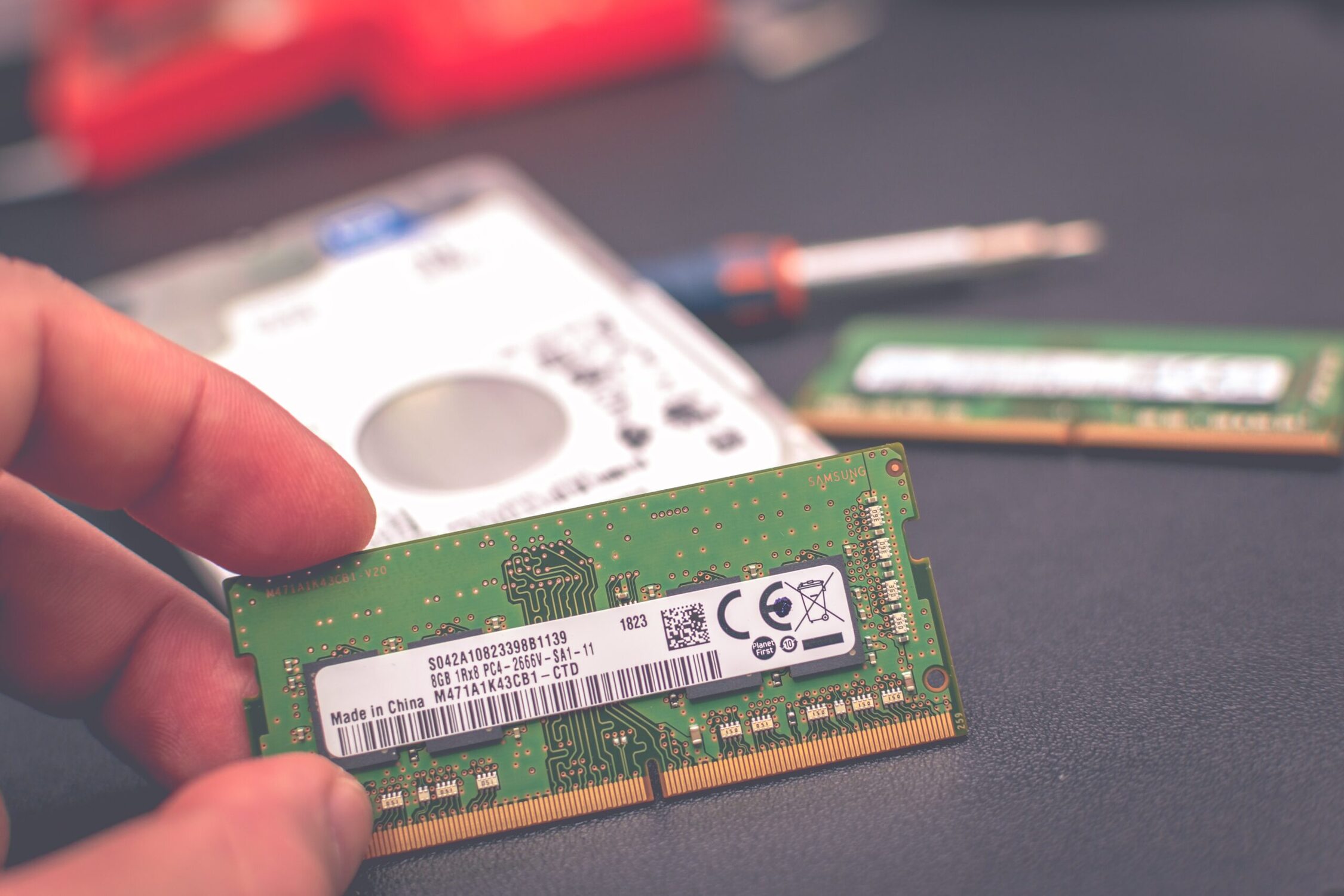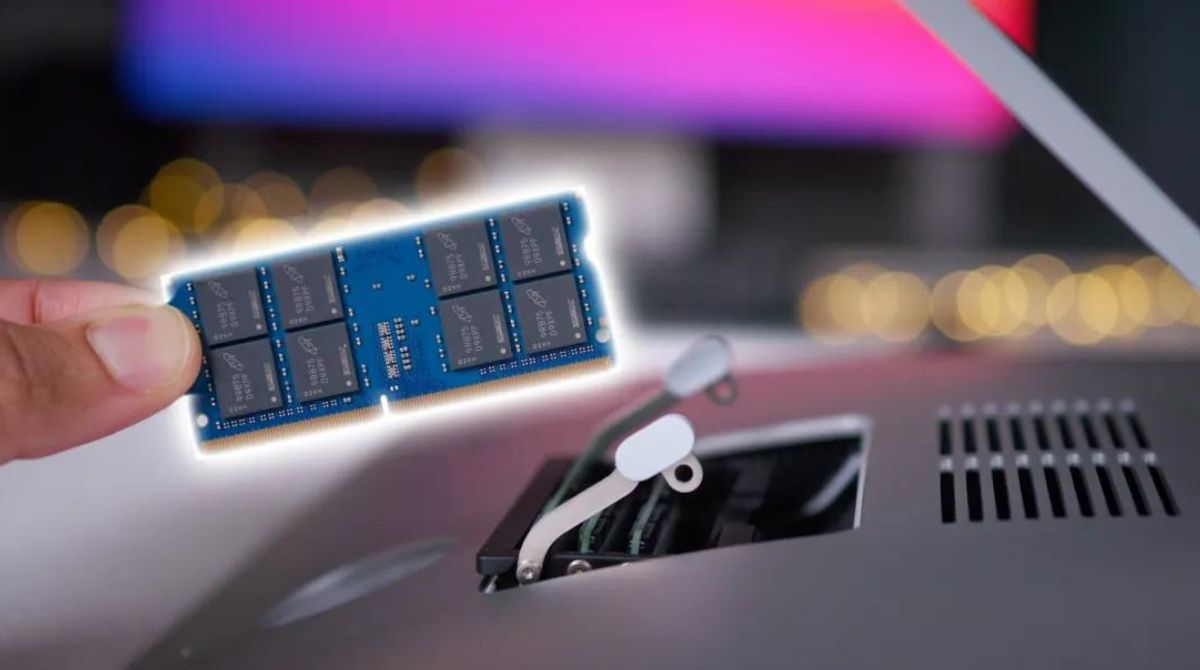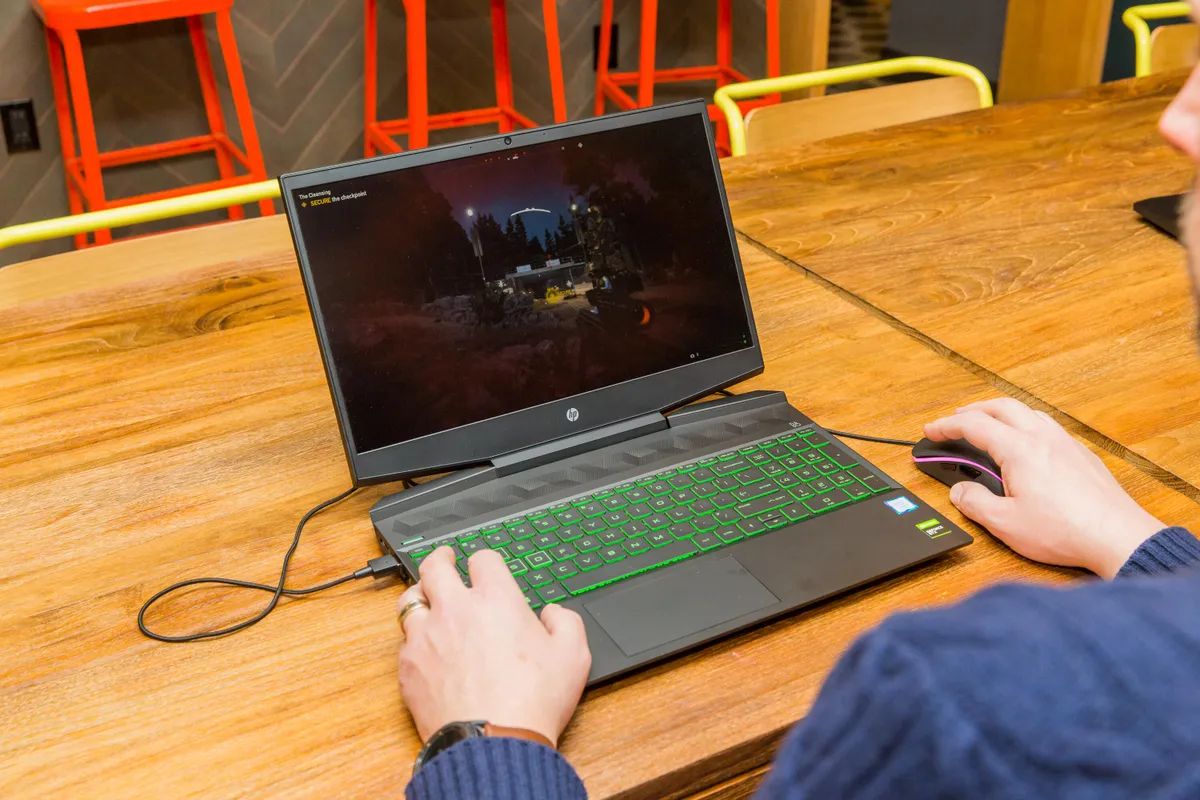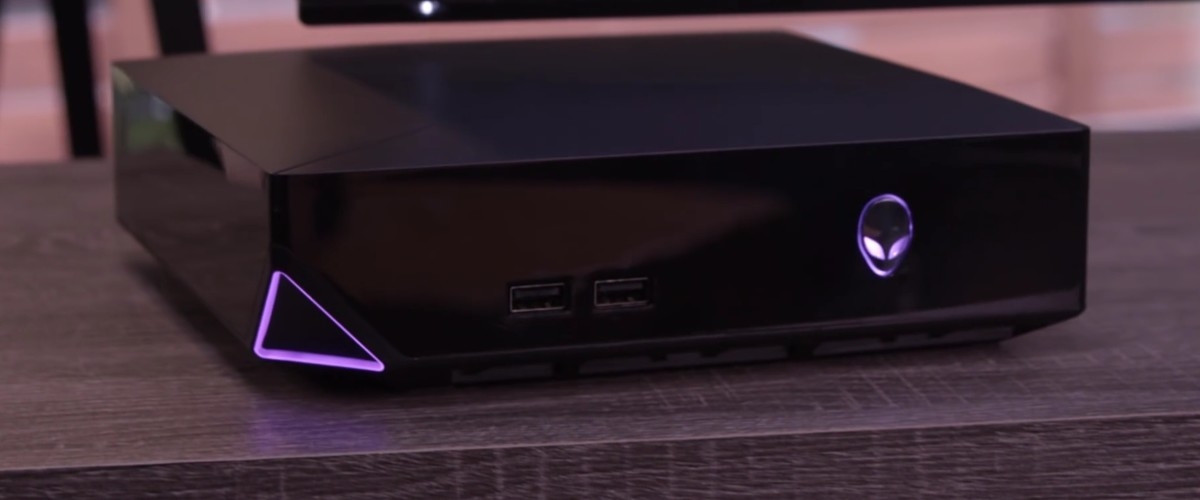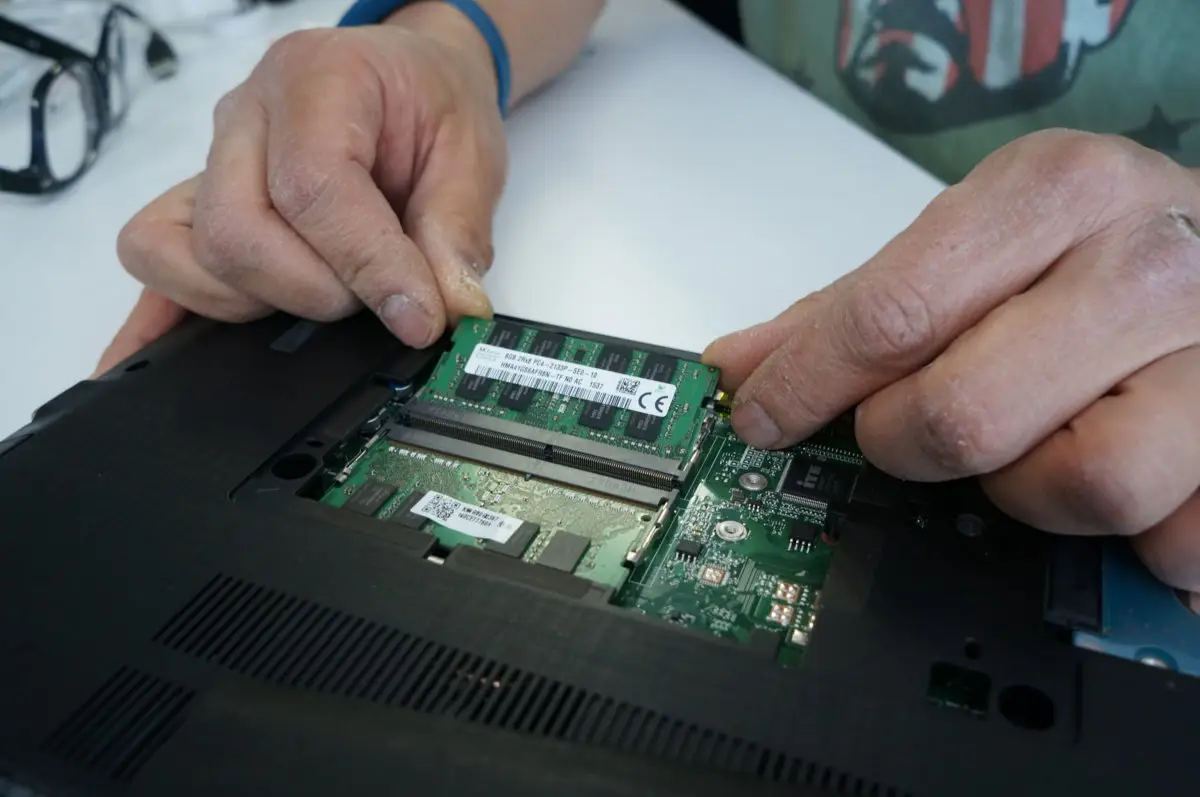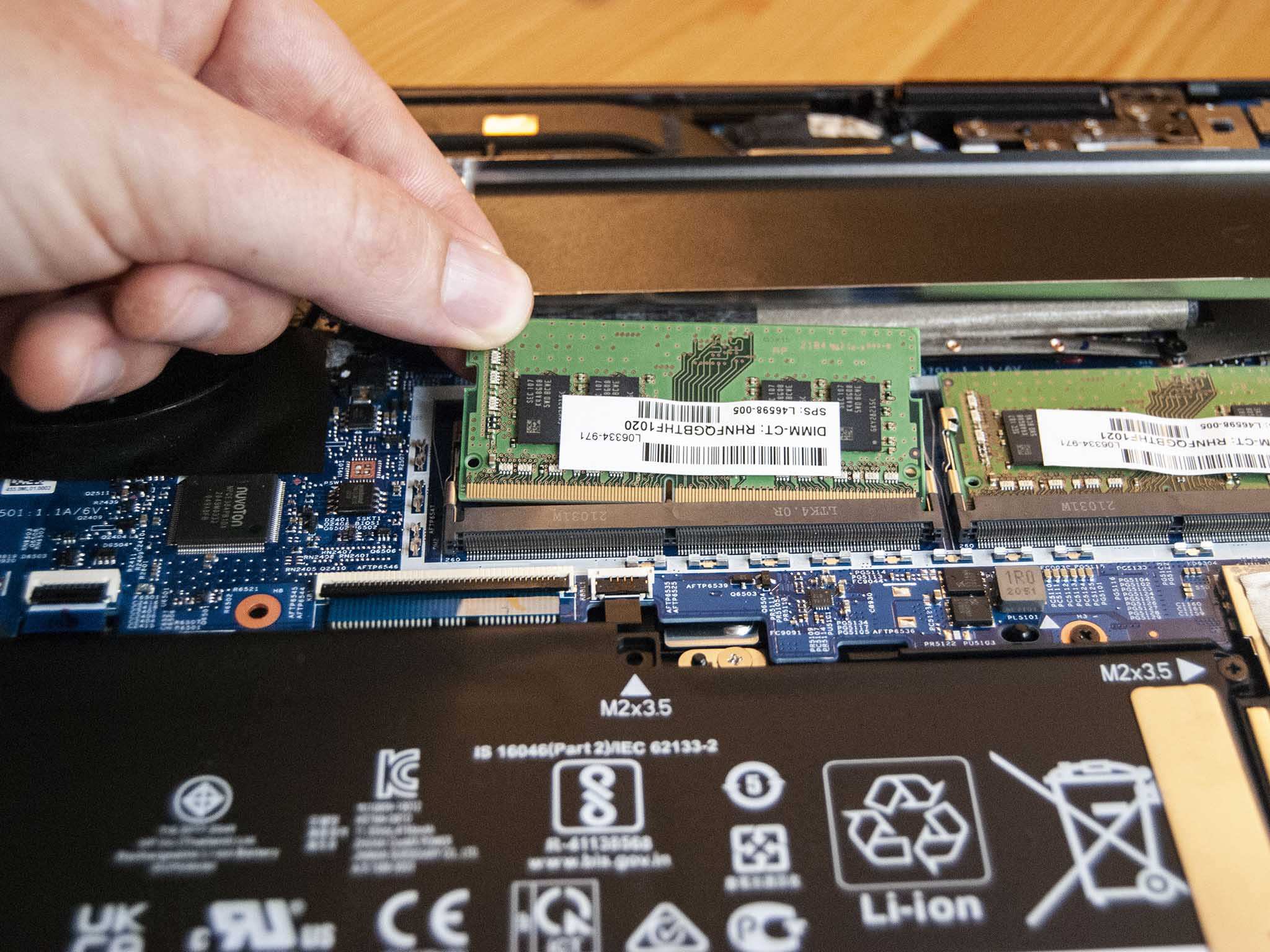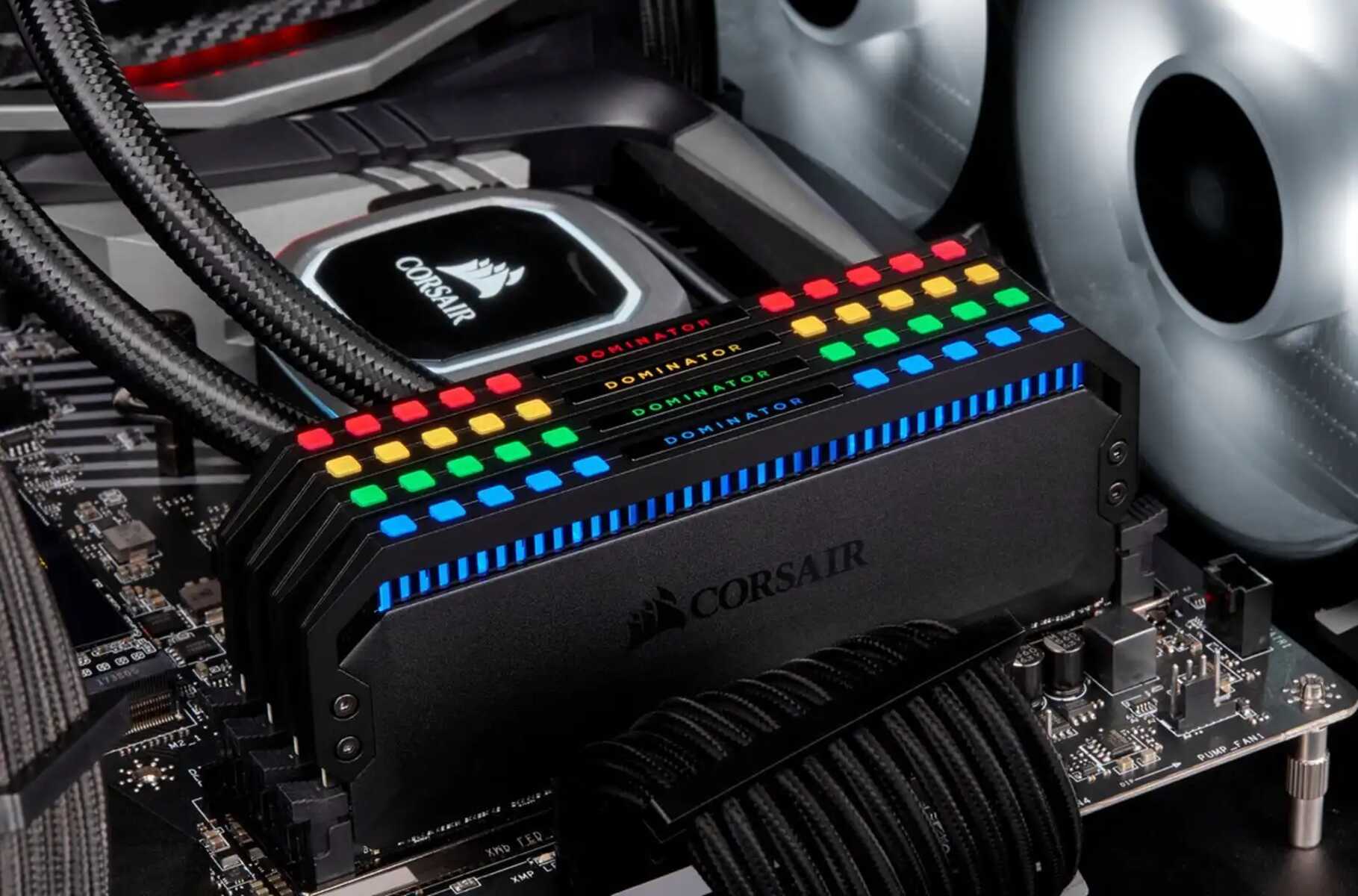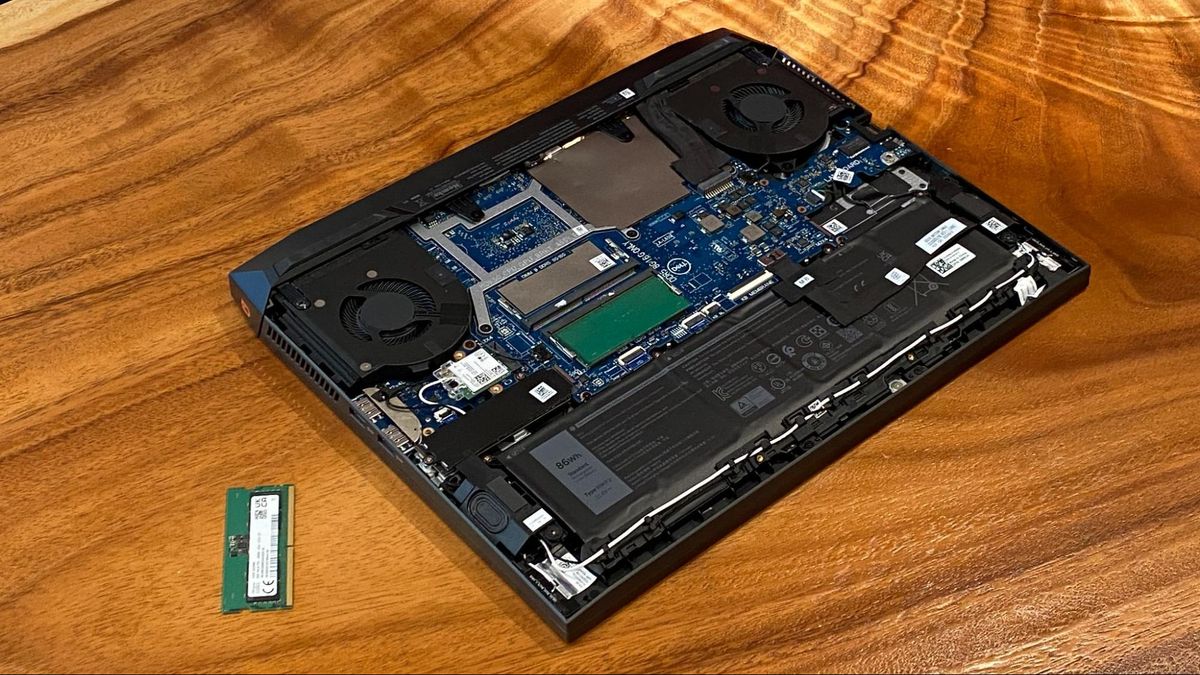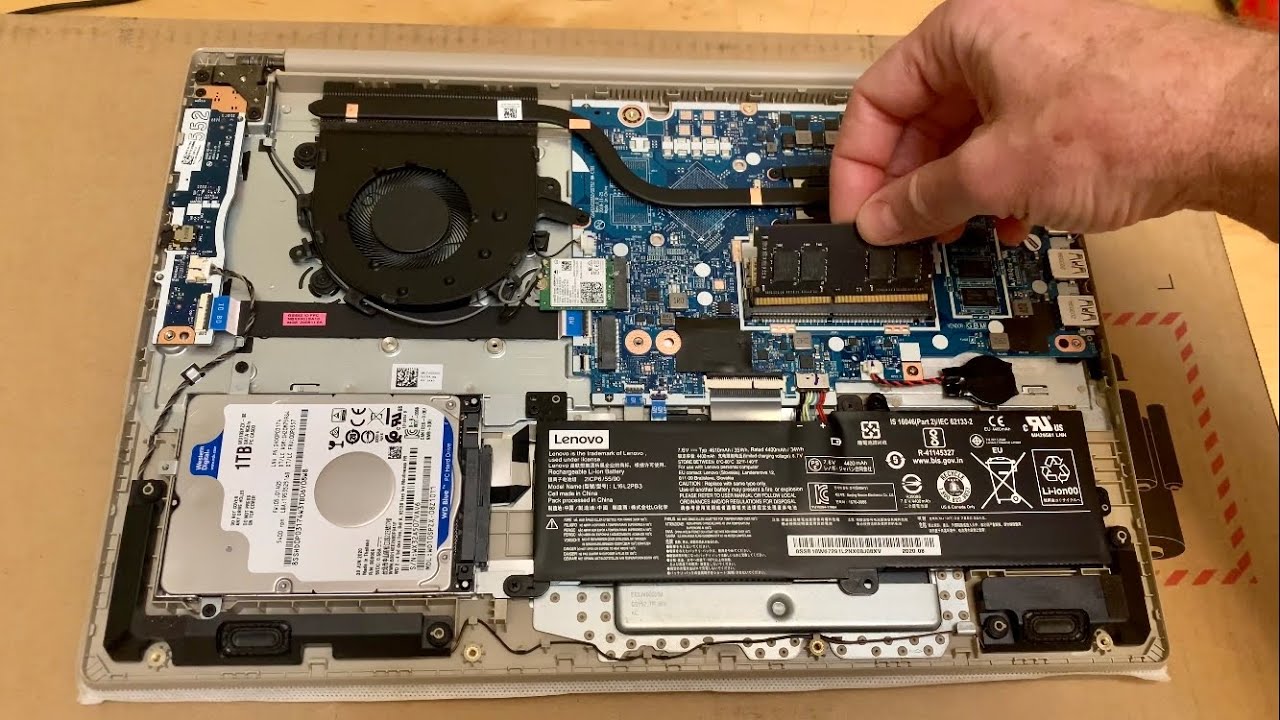Introduction
Welcome to the world of RAM upgrades! If you’ve noticed your computer slowing down, freezing, or struggling to handle multiple tasks, it might be time to consider upgrading your RAM. RAM, short for Random Access Memory, plays a crucial role in the performance of your computer. It is responsible for storing and accessing data needed by the processor quickly and efficiently. Upgrading your RAM can significantly improve your computer’s speed and responsiveness, allowing you to enjoy a smoother computing experience.
In this article, we will explore the different aspects of upgrading RAM, including how it works, the signs that indicate you need more RAM, and the benefits of upgrading. We will also discuss the various types of RAM and compatibility considerations before diving into when it is the right time to upgrade. By the end of this article, you will have a clear understanding of whether or not you should upgrade your RAM and how to go about it.
How Does RAM Work?
To understand the concept of RAM and its importance, let’s take a closer look at how it works. RAM is a volatile memory that is used by your computer to temporarily store data that is actively being used by the CPU (Central Processing Unit). Unlike permanent storage, such as a hard drive or SSD, RAM provides fast and easy access to data, allowing the processor to retrieve information quickly.
When you open a program or a file on your computer, a copy of the data required is loaded into RAM. This allows the CPU to access the data directly from RAM, eliminating the need to retrieve it from the slower storage devices. The more RAM you have, the more data your computer can store, resulting in smoother multitasking and faster overall performance.
RAM operates at a much higher speed than other storage options. It uses integrated circuits and electronically stores data using millions of capacitors and transistors. These capacitors can hold an electrical charge, representing a binary value of either 0 or 1. This allows the CPU to read and write data to RAM in much smaller and faster increments, resulting in instant data access.
It’s important to note that RAM is volatile and loses its data once the computer is powered off. This means that any unsaved work or data stored in RAM will be lost. However, this volatile nature is what makes RAM efficient for temporary storage, as it can quickly be written to and read from without the need for mechanical movement or processing delays.
In summary, RAM serves as a bridge between the CPU and the hard drive, allowing for quick access to data that is actively being used. Its fast and efficient read and write capabilities make it an essential component in ensuring your computer operates smoothly and handles multiple tasks effectively. Now that we have a better understanding of how RAM works, let’s explore the signs that may indicate you need more of it.
Signs That You Need More RAM
Is your computer feeling sluggish and struggling to keep up with your tasks? It could be a sign that you need more RAM. Here are some common signs that indicate your computer may benefit from a RAM upgrade:
- Slow Performance: If you notice a noticeable decrease in your computer’s speed and responsiveness, it could be due to insufficient RAM. When your computer runs out of available memory, it starts to use the hard drive as virtual memory, which is much slower than RAM. This can lead to programs taking longer to load and overall system performance being significantly impaired.
- Freezing and Crashing: Do you experience frequent program freezes or system crashes? Insufficient RAM can cause your computer to struggle when running multiple applications simultaneously. When RAM is fully utilized, the system starts swapping data between the RAM and the hard drive, leading to delays, freezes, and even crashes.
- High CPU Usage: If you notice consistently high CPU usage, it can be a sign that your computer is running out of available memory. When RAM is insufficient, the CPU has to work harder to compensate for the lack of memory, resulting in increased CPU utilization and slower performance.
- Inability to Run Resource-Intensive Programs: If you frequently use resource-intensive applications like video editing software or virtual machines, insufficient RAM may hinder their performance. These programs require a significant amount of memory to run smoothly, and without adequate RAM, you may experience lag, stuttering, or even crashes.
- Frequent Disk Activity: If you notice that your hard drive light is constantly flashing or you can hear excessive disk activity, it may indicate that your computer is using virtual memory extensively. This can happen when RAM is inadequate, and the system has to rely heavily on the slower hard drive for memory management.
If you are experiencing one or more of these signs, it’s a strong indication that you need more RAM to improve your computer’s performance. In the next section, we will discuss the benefits of upgrading your RAM and how it can enhance your computing experience.
Benefits of Upgrading RAM
Upgrading your RAM can have several significant benefits for your computer’s performance and overall user experience. Here are some of the advantages of upgrading your RAM:
- Improved Multitasking: With more RAM, your computer can handle multiple tasks simultaneously without slowing down. It allows you to run several applications or browser tabs without experiencing performance bottlenecks or lag.
- Enhanced Speed and Responsiveness: Additional RAM provides quicker access to frequently used data and applications. This leads to faster program loading times, smoother navigation, and overall snappier performance.
- Reduced System Hangs and Freezes: Insufficient RAM can cause your system to freeze or crash when it runs out of memory. Upgrading RAM can help alleviate these issues and ensure a more stable computing experience.
- Better Gaming Performance: Gaming enthusiasts can benefit greatly from a RAM upgrade. Games often require a substantial amount of memory, and more RAM can help provide smoother gameplay, faster loading times, and eliminate stuttering or frame drops.
- Improved Productivity: If you frequently work with resource-intensive software like video editing tools or virtual machines, upgrading your RAM can significantly boost productivity. It allows you to work with larger files, process data faster, and run complex applications with ease.
- Future-Proofing Your System: By upgrading your RAM, you ensure that your computer can handle the demands of future software updates and new applications. It provides room for growth and ensures that your system remains capable and efficient for years to come.
Investing in a RAM upgrade can be a cost-effective way to breathe new life into your computer, especially if you’re experiencing performance issues or struggling with demanding tasks. The benefits of a RAM upgrade are tangible and can greatly improve your computer’s speed, responsiveness, and overall usability.
Understanding RAM Types and Compatibility
When considering a RAM upgrade, it’s important to understand the different types of RAM available and ensure compatibility with your system. Here are the key points to keep in mind:
1. DDR (Double Data Rate): DDR is the most common type of RAM used today. It has evolved over the years, with DDR4 being the latest version available. Each generation offers increased speed and improved performance compared to its predecessor.
2. RAM Speed: RAM speed is measured in megahertz (MHz) and refers to how fast data can be read from or written to the memory module. It’s important to choose RAM that is compatible with your computer’s motherboard. If your motherboard supports a maximum RAM speed of 2400MHz, installing higher-speed RAM will only operate at the motherboard’s maximum supported speed.
3. Memory Capacity: RAM modules are available in various sizes, typically ranging from 4GB to 32GB per module. The amount of RAM you should upgrade to depends on your specific needs and the capabilities of your system. Consider the types of applications you use and the amount of multitasking you engage in to determine an appropriate capacity for your upgraded RAM.
4. Dual-Channel vs. Single-Channel: Most modern motherboards support dual-channel memory, allowing for increased data transfer speeds and improved performance. To take advantage of dual-channel memory, you’ll need to install RAM modules in matched pairs or follow the manufacturer’s specifications for optimal dual-channel configuration.
5. Compatibility: It’s crucial to ensure that the RAM you’re purchasing is compatible with your system. Check your computer’s specifications or consult the motherboard manufacturer’s documentation to determine the supported RAM types, speeds, and capacities. Additionally, ensure that the physical form factor of the RAM module matches the slots on your motherboard (e.g., DIMM or SO-DIMM for desktop and laptop computers, respectively).
Careful consideration of RAM types, speeds, capacities, and compatibility will help you make an informed decision when upgrading your computer’s memory. It’s recommended to consult with a computer technician or refer to the motherboard manufacturer’s documentation for specific guidance on RAM compatibility with your system.
Factors to Consider Before Upgrading RAM
Before jumping into a RAM upgrade, there are a few key factors to consider to ensure a successful and beneficial enhancement to your computer’s performance. Let’s explore these factors in more detail:
1. System Requirements: Check the system requirements of the applications and software you frequently use. This will give you an idea of the recommended RAM capacity for optimal performance. Keep in mind that different software may have varying requirements, so prioritize based on your specific needs.
2. Budget: Determine your budget for upgrading RAM. Prices can vary depending on the type, capacity, and brand of the RAM modules. Consider the performance enhancement you expect to gain and find a balance between your budget and the potential benefits.
3. Underlying Issues: Identify any other potential causes for your computer’s performance issues before concluding that a RAM upgrade is the solution. Factors such as malware, outdated hardware drivers, or insufficient storage space could also impact performance. Addressing these issues first might save you from investing in unnecessary upgrades.
4. Existing RAM Configuration: Take note of your current RAM configuration, including the number of slots and occupied modules. Determine if there are available slots for additional RAM or if you would need to replace existing modules. If upgrading, consider whether it’s more cost-effective to add additional RAM or replace the entire set.
5. Motherboard Limitations: It’s crucial to assess the capabilities of your motherboard to avoid compatibility issues. Check the maximum supported RAM capacity, speed, and type listed in your motherboard’s documentation. This information will help you choose RAM modules that are compatible with your system.
6. Future Upgrades: Consider any future upgrades or plans you may have for your computer. If you foresee the need for more RAM in the near future, you may want to leave room for expansion. Opting for higher-capacity modules or ensuring additional RAM slots are available can save you from having to replace or upgrade again in the near future.
By carefully considering these factors, you will be better equipped to make an informed decision about upgrading your RAM. It’s important to take the time to evaluate your specific needs, budget, and system capabilities to ensure a successful upgrade that will provide a noticeable improvement to your computer’s performance.
When You Should Upgrade RAM
Determining when to upgrade your RAM requires careful consideration of your computer’s performance, needs, and the specific tasks you perform. Here are some scenarios in which upgrading your RAM would be beneficial:
1. Insufficient RAM for Current Needs: If you frequently experience sluggish performance, freezing, or crashes when running multiple applications or resource-intensive software, it may be a sign that your current RAM capacity is inadequate. Upgrading to a higher capacity can provide the necessary headroom for smooth multitasking and improved performance.
2. Upgrading Software and Applications: If you plan to upgrade your software or install newer versions of resource-intensive applications, it’s advisable to check the recommended RAM requirements. If the recommended RAM exceeds your current capacity, upgrading your RAM can ensure optimal performance and prevent performance bottlenecks.
3. Gaming Performance Issues: Gamers often require additional RAM to handle complex game environments, high-resolution graphics, and smooth gameplay. If you experience lag, stuttering, or slow load times while gaming, upgrading your RAM can alleviate these issues and enhance your gaming experience.
4. Working with Large Files: If you regularly work with large files, such as high-resolution images or videos, insufficient RAM may result in slow rendering times and delays when editing or processing. Upgrading your RAM can significantly improve the speed and efficiency of these tasks, allowing for smoother workflow and increased productivity.
5. Future-Proofing: If you anticipate increased demands on your computer’s performance in the near future, such as taking on more complex projects or upgrading to newer software, it’s advisable to upgrade your RAM proactively. By doing so, you can ensure that your system can handle these future needs without experiencing performance limitations.
6. System Diagnostic: If you have ruled out other potential causes of poor performance, such as malware or hardware issues, upgrading your RAM may be a viable solution. Increasing your RAM capacity can make a noticeable difference in overall system responsiveness and performance.
Ultimately, the decision to upgrade your RAM should align with your specific needs, budget, and the potential improvement you expect to gain. By assessing your current system performance and considering future demands, you can determine the appropriate time to invest in a RAM upgrade and enjoy the benefits of a faster, more efficient computer.
Conclusion
Upgrading your RAM can be a significant step towards improving your computer’s performance and overall user experience. By increasing your RAM capacity, you can enjoy smoother multitasking, faster program loading times, and enhanced responsiveness. Identifying signs of inadequate RAM, such as slow performance, freezing, or inability to run resource-intensive applications, is essential in determining when to upgrade.
Understanding RAM types and compatibility is also crucial to ensure a successful upgrade. Consider factors like system requirements, budget, existing RAM configuration, and motherboard limitations when selecting the appropriate RAM module for your system. Additionally, evaluating your current needs and anticipating future upgrades can help you make an informed decision and ensure optimal performance in the long run.
Investing in a RAM upgrade is a cost-effective way to breathe new life into your computer without having to replace the entire system. Whether you’re a multitasker, a gamer, or a content creator, upgrading your RAM can provide significant benefits by improving multitasking capabilities, enhancing speed and responsiveness, and enabling smooth execution of resource-intensive tasks.
Remember to consult your computer’s documentation or seek the assistance of a professional if you’re unsure about the compatibility or installation process. A properly upgraded RAM will not only boost your computer’s performance but also future-proof it for upcoming software updates and demanding applications.
In conclusion, upgrading your RAM can be a game-changer in terms of your computer’s performance and efficiency. Don’t let your system struggle with inadequate memory – invest in a RAM upgrade and take your computing experience to new heights.







